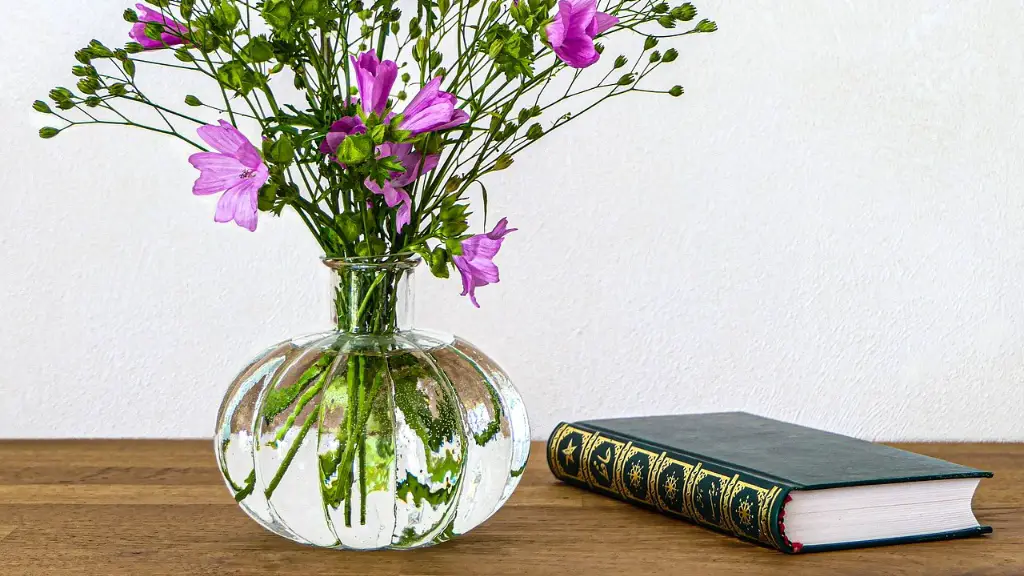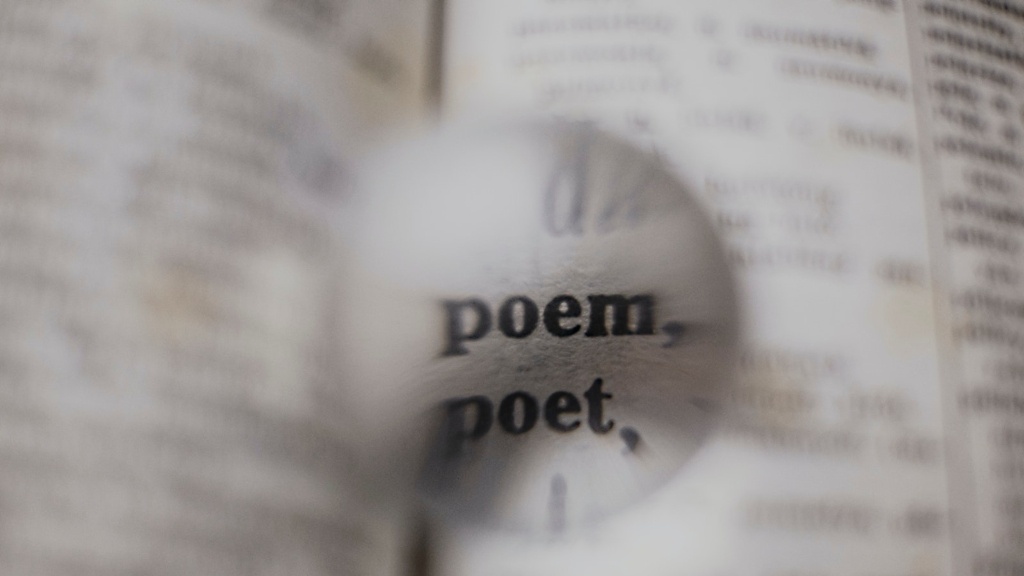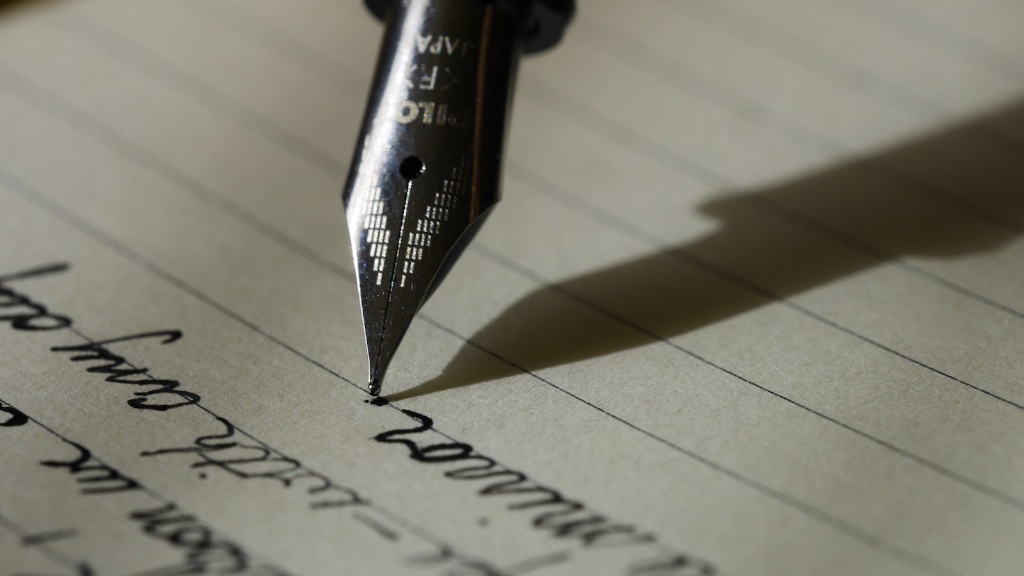Explaining the Phenomenon
Poetry is often described as music just by reading the words on the page. The idea of a line of poetry being “musical” can seem like an abstract concept. To better understand why someone might refer to a line of poetry as being “musical,” it is important to look at the components of both music and poetry that cause readers to make this connection.
For starters, music and poetry are expression-focused. Music and poetry can both be used to evoke emotion or create a certain atmosphere. When the words of a poem are delivered with a great rhythm, discovering the enunciation and accents of the words, readers can begin to form a connection between music and the poem.
Additionally, both music and poetry are subject to some of the same qualities, such as intonation and pacing. The way that a person reads a line of a poem can significantly alter its meaning and effect. The same goes with music. Additionally, both art forms use elements like alliteration and rhyme to create a sense of flow and harmony, contributing to their “musicality.”
Another element of music and poetry which lend themselves to the idea of “musicality” is their ability to evoke memories and feelings. Music and poetry are both capable of instantly bringing a person back to a certain moment or place in their lives. For example, a certain of line of poetry might instantly make a person think of a moment they experienced while listening to the same song in the past.
Meaning behind Poetic Structure
Music and poetry alike have structure, and that structure provides additional meaning behind the words. Many of these structures and devices, such as alliteration, can be manipulated to set certain moods. This manipulation often illuminates an internal sound or melodic pattern within the words themselves.
The structure of a poem is a catalyst for multi-sensory stimuli within the poem. A poem can often possess its own “sonic architecture.” Once this architecture has been built, it can guide readers through the poem, creating a sense of progression in the text. Additionally, a poem’s structural elements can contribute to its “connection” to music and the sounds of spoken language.
The way in which a poem is structured can significantly influence the pervading feeling of the piece. The pacing and arrangement of words in a line of poetry often provides a feeling of suspense and encourages anticipation. Meters or musicality can be used to pull a reader into a certain shape of the poem. This connection to a poem can mimic the feeling of a musical movement or crescendo.
Creating Musicality in Poetry
One of the main techniques used to denote musicality within a poem is rhythmic diction. This can involve the simple use of assonance, consonance and alliteration, to create a pattern in the poem that is both pleasing to the ear and aesthetically unique.
Rhythm provides another layer of evocative emotion to a poem beyond what could be expressed in simply the words alone. Even in simple, two line stanzas, poets often incorporate rhythm in order to create emphasis on certain syllabic beats. This could be denoted by the use of free verse—a style of writing that captures the musicality of spoken language.
In longer works, poems may incorporate even more complex stylistic techniques and forms such as those that make use of syllable or foot-based meters. For example, iambic pentameter, a popular metrical device found in poems, is a series of lines containing five feet of two syllables each. In this case, a line of poetry with this metrical structure might be described as being “musical.”
Exploring Creative Language
Exploring the language used in a poem and its potential for expressing nuanced emotions can lead to discoveries of its own “natural melody”, allowing for readers or listeners to connect to it on a deeper level.
The creative use of language is one of the pivotal elements of poetry. Through its use of creative language, a poem can allow readers to explore new interpretations of emotions and stories.
This creative language often comes with its own “sonic” ideas. A poem might contain words that sound better when delivered out loud, evoking a certain set of feelings and tones. This can attract readers to the poetry and create a different type of connection than what might be achieved through a novel or a non-fiction piece.
Reflecting Cultural Perspectives
Poetry often serves to reflect a certain cultural perspective. For example, some people might describe a poem as being “musical” because of its connections to the musical styles and rhythms of certain languages or cultures.
These musical elements can form a certain identity for the poem, connecting it to the history of its people and culture. By utilizing certain techniques of rhythmic or melodic qualities, a poem can bring a certain cultural flavor to the poem’s content.
For example, a poem written in Spanish might sound “musical” not only because of its use of language, but also because of its connection to the various Latin American musical styles and their emphasis on rhythm and melody.
Exploring How Music and Poetry Intersect
Music and poetry often coalesce to create a unique and affecting experience, even if the two elements are kept separate. Listening to music that accompanies a poem can often draw out deeper emotions and nuances because of how the music intersects with the poem’s content.
Adding music to a poem amplifies the feelings within the poem, enhancing its impact and providing a more complex multi-sensory experience. Even if the music is not an exact representation or accompaniment of the poem’s words or subject, it can still lend itself to the poem’s atmosphere.
In addition to the use of music alongside a poem, some people have even taken to writing lyrics to music. For example, songs are often written in the format of a poem or prose, such as a ballad or sonnet. In this case, the “musicality” of the poetry works in concert with the music itself to produce an exponentially bigger impact.
Exploring Poems as Musical Lyrics
When approached in the manner of writing a song, poems can lend themselves to musicality in ways that could not be achieved through simply reading them on a page. Singing works has a unique impact and is able to create a completely different experience of the poem.
For example, songs such as “Blowin’ in the Wind” by Bob Dylan have been written in the form of lyrical poems. When utilizing the structure of a poem, the flow of the lyrics in the song can often draw listeners in and create a powerful emotional connection.
When singling a poem or other lyrical works, musician and performers can further explore the “musicality” of the poem by adding their own touches to the melody. Through changes to the composition and feel of the song, performers are able to add an additional layer of meaning to the poem.
Exploring Elements of Musicality
The idea of “musicality” within poetry can be extended to various elements of poetry, not just structure.
Many poets explore different ways in which they can make the poem sound “musical” through the use of alliteration, assonance and rhyme. By utilizing these poetic methods, poets are able to layer the language of the poem and create a sonic landscape for it.
In some cases, the use of certain words alone can create a certain atmosphere or feel. For example, the use of onomatopoeia – a literary device that uses words that imitate actual sounds – can create a musical sensation within a poem.
Contributing to the Reader’s Experience
When employed thoughtfully, the “musicality” of a poem can have an effect on the overall experience of the poem that is indescribable. It adds to a reader’s understanding of the poem and can influence their emotional attachment to the work.
This “musicality” can create a groundwork, allowing readers to more easily slip into a poem and experience the writer’s goals and emotions behind it.
The impact of this exact thoughtfulness on the understanding and appreciation of poetry is difficult to describe. It is only something that can be experienced, and it is something that varies from poem to poem.


